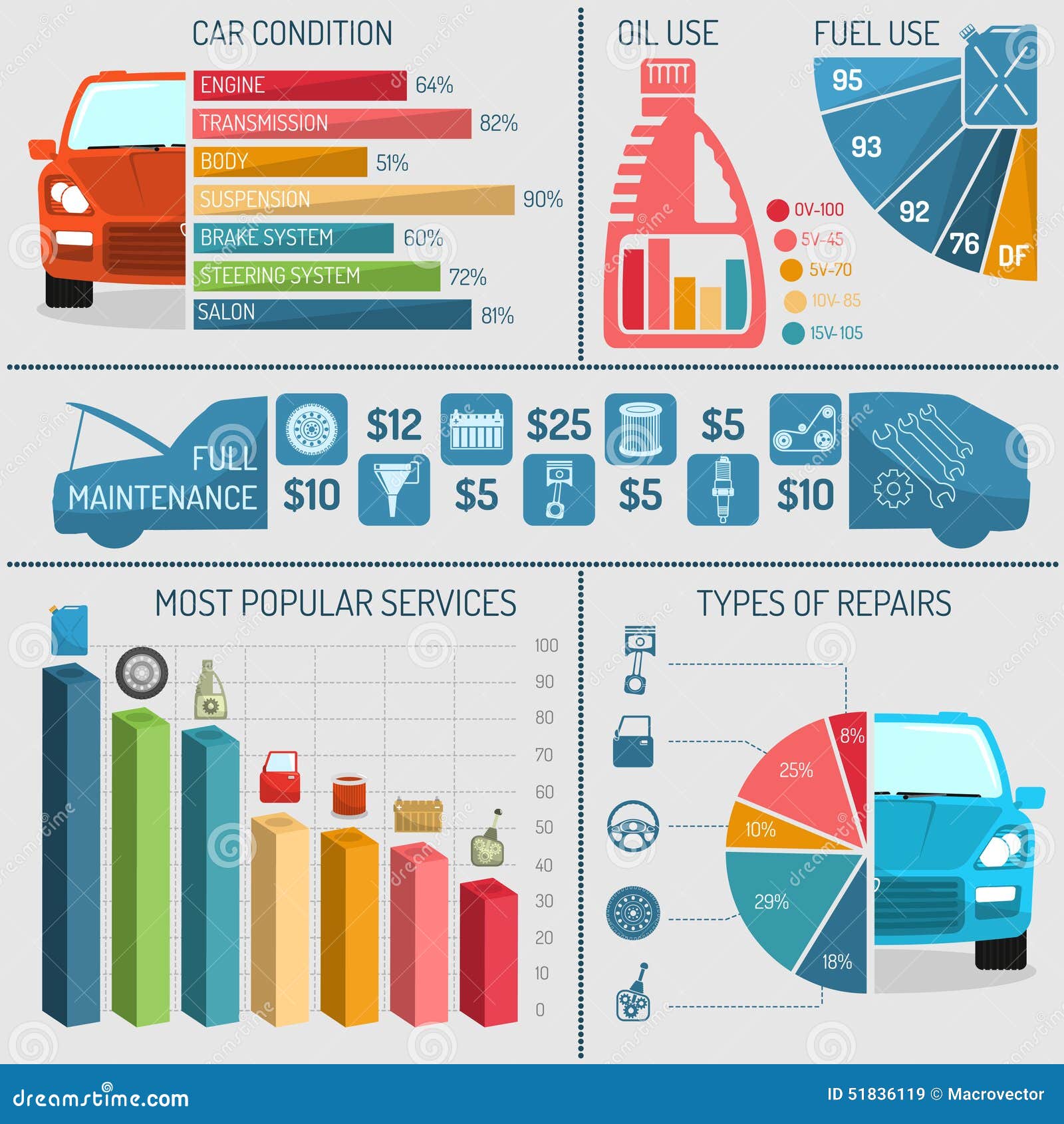Interpreting Your Vehicle'S Alert Lighting: Their Real Implications
Interpreting Your Vehicle'S Alert Lighting: Their Real Implications
Blog Article
Published By-Lauritsen Gilbert
When you're behind the wheel, those beautiful caution lights on your dashboard can be a little bit complicated. Do you recognize what they're trying to tell you concerning your automobile's health? Understanding car detauling of these lights is crucial for your safety and security and the durability of your lorry. So, the following time one of those lights appears, wouldn't you intend to analyze its message properly and take the required actions to resolve it?
Common Warning Lighting and Interpretations
Determine common caution lights in your car and understand their significances to ensure secure driving.
The most typical caution lights consist of the check engine light, which signifies issues with the engine or emissions system. If this light comes on, it's critical to have your car inspected immediately.
The oil stress warning light indicates reduced oil stress, needing immediate focus to prevent engine damage.
A flashing battery light may suggest a defective billing system, potentially leaving you stranded if not dealt with.
The tire stress monitoring system (TPMS) light informs you to reduced tire pressure, influencing vehicle security and gas performance. Disregarding this might cause hazardous driving problems.
The abdominal light suggests a problem with the anti-lock stopping system, jeopardizing your ability to quit rapidly in emergency situations.
Last but not least, the coolant temperature level warning light warns of engine overheating, which can result in extreme damages if not solved swiftly.
Comprehending these usual caution lights will help you resolve concerns quickly and keep risk-free driving conditions.
Value of Prompt Interest
Recognizing the common warning lights in your automobile is just the primary step; the relevance of quickly resolving these cautions can not be emphasized enough to guarantee your security when driving.
When a warning light illuminates on your control panel, it's your vehicle's method of communicating a prospective concern that requires focus. Disregarding these warnings can bring about much more extreme troubles down the road, jeopardizing your safety and possibly costing you extra in repairs.
cardetailing to alerting lights can stop failures and crashes. For instance, a flashing check engine light could show a misfire that, if left neglected, might cause damage to the catalytic converter. Addressing this without delay can save you from a costly repair service.
In a similar way, a brake system advising light could indicate low brake fluid or used brake pads, essential components for your safety when driving.
DIY Troubleshooting Tips
If you see a warning light on your dashboard, there are a couple of do it yourself fixing pointers you can attempt before seeking professional help.
The very first step is to consult your car's handbook to comprehend what the certain caution light shows. In some cases the problem can be as basic as a loose gas cap activating the check engine light. Tightening https://brookstnhbv.bleepblogs.com/31723005/hesitant-about-picking-an-automobile-service-center-discover-professional-ideas-for-discovering-reputable-choices-in-your-area-that-will-certainly-put-your-mind-secure might fix the issue.
An additional typical problem is a low battery, which can set off numerous advising lights. Examining the battery connections for corrosion and ensuring they're secure might repair the issue.
If a warning light continues, you can attempt resetting it by disconnecting the car's battery for a few mins and after that reconnecting it. Furthermore, inspecting your lorry's liquid degrees, such as oil, coolant, and brake liquid, can assist fix cautioning lights connected to these systems.
Conclusion
Finally, comprehending your auto's caution lights is necessary for keeping your lorry running smoothly and securely. By quickly addressing these notifies and understanding what they indicate, you can prevent expensive repair work and prospective breakdowns.
Remember to consult your cars and truck's guidebook for specific details on each advising light and act appropriately to ensure a trouble-free driving experience.
Remain notified, stay secure when driving!
